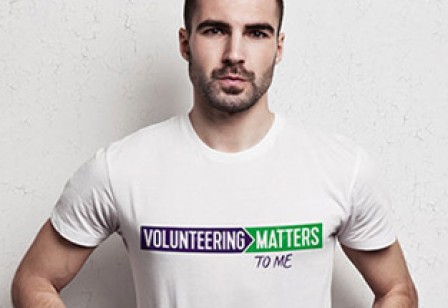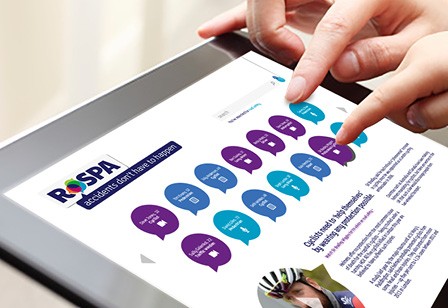The six states of rebranding - Charity Today
As featured in Charity Today by Max du Bois.
The UK charity sector is in a continual state of flux as it seeks to reinvent itself. This is a process that frequently requires some kind of rebranding exercise as charities decide to reach beyond their conventional boundaries.
Before even embarking on a rebrand, however, charities need to ask themselves a few searching questions, namely, what the key reason is for undertaking a rebrand.
This may feel like reverse engineering, however, it is the single most important element to the rebrand that will give the charity a far clearer means to measure the outcome. It will also cut through the potential confusion when briefing agencies, and allow all parties involved to have a clearer and more defined set of goals.
If the current brand state along with the projected future brand state are not properly identified at the outset, there is a risk of weakening the business case to stakeholders to invest in the brand in the first place.
Proof that a rebrand has been successful occurs when it reaches out and inspires people to act, to give money, to volunteer, to protest, to use the charity’s services and to change attitudes.
However, merely rebranding is not a guarantee of success on its own, and we have seen charities adopt an entirely new brand identity and then slowly disappear into oblivion.
There are a number of quite specific key ingredients to a successful rebrand and they all start with defining the strategic reason for which a charity decides to undergo the process. This reason is best summarised in one of six ‘rebrand states’ that indicate a need for a change.
These are either to;
realise a new opportunity – you have a vision of moving into a different area/market
deepen and assert – you’re doing well but there are more people to engage
break out – your brand is old, fussy, stagnant… but your engagement is still good – use this opportunity to use brand to lead in your area
consolidate – your portfolio of sub-brands has created incoherence and confusion – look at your brand architecture
defend – your sub-sector is volatile, build on the brand to defend against negative effects of shifting landscapes
future–proof – your income is going down, volunteers are decreasing etc… you need to act to future-proof the brand, reverse decline and propel your organisation forward
These brand states loosely fall into one of two categories that we refer to as either ‘carrot’ or ‘stick’.
‘Carrot’ is when a charity is reaching out for a new opportunity, such as breaking out of a sector to lead it, and ‘stick’ is when a charity aims to avoid negative impact or feels their brand has become irrelevant.
Asking what a brand can do for a charity requires a subtle but powerful shift in approach to defining the strategy behind a brand change. It places the brand more firmly in the centre of the charity’s communications platform and as a consequence empowers it to shout what the charity is really here to achieve.






